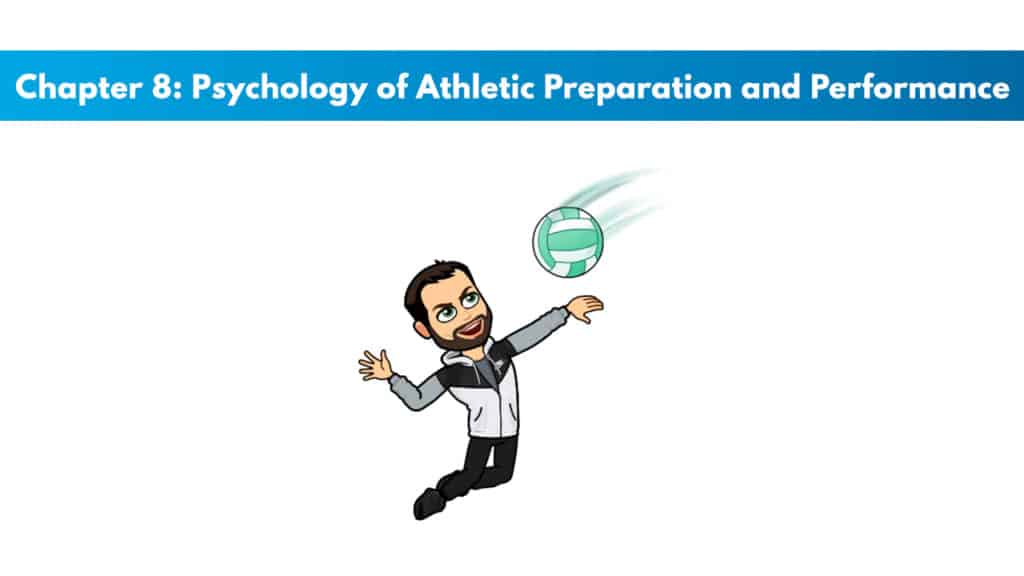
Get your copy of the NSCA CSCS exam cheat sheet. It helps immensely for studying for the exam.
My PTP students report cutting their CSCS study time and effort in half with Trainer Academy.
Benefit from the Exam Pass Guarantee and Retake Fee Guarantee. Plus, take advantage of my current discount code PTPJULY for 35% off the MVP Program (Ends July 8th, 2025).
Try it out for free here to see if it’s right for you, or read my detailed review for further insights.
Chapter Goals
- Know the relationships there are between psychological states, physiological arousal, and physical performance.
- Understand the terms that are relevant to psychological areas of concern. These include arousal, anxiety, attention, ideal performance, motivation, and applied sport psychology.
- Design motivational programs that are based on goal setting principles.
- Talk about the intervention strategies that are designed to control psychological and physiological arousal.
Definition of Key Concepts within Sport Psychology
The Three main goals of Sport Psychology
Measure physiological phenomena
Understand the relationships between the psychological variables and performance.
Use theoretical knowledge for the improvement of athletic performance.
State and Trait Anxiety
State anxiety is defined as an actual experience of apprehension and arousal that isn’t controlled.
Trait anxiety is a personality characteristic that shows a latent disposition for perceiving situations as threatening.
Cognitive anxiety concerns psychological processes and worrisome thoughts.
Somatic anxiety concerns physical symptoms like tense muscles, tachycardia, and butterflies in your stomach feeling.
Stress is a disruption from standard physical and mental state. It can be negative or positive.
A stressor is an event that precipitates stress.
Attention and Skill
Attention is when you are processing environmental and internal cues you are aware of.
Controlling distractions is a skill that is possible to learn.
Selective attention in athletes refers to their level of focus in suppressing stimuli irrelevant to tasks.
Cue Utilization
When barely aroused, relevant and irrelevant cues come to one’s awareness. Athletes may not concentrate well at this low level.
When arousal increases to moderate points, more focus on tasks usually occurs.
Too high arousal may take the focus off relevant cues.
Exclusive PTP CPT Offers |
||
|---|---|---|
Most Popular Cert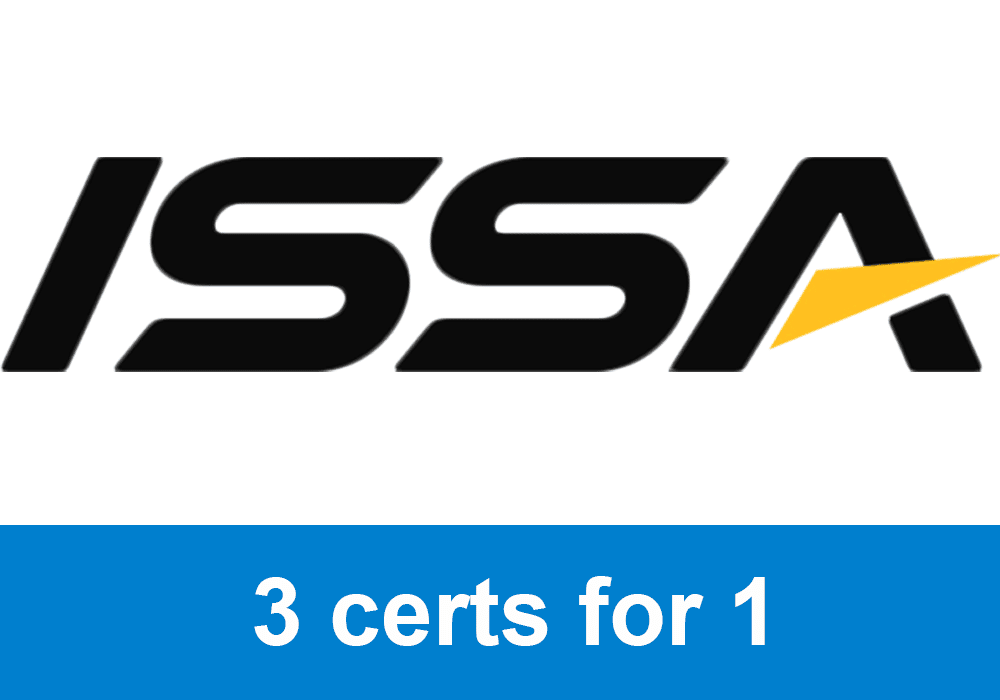 | Best Online NCCA Cert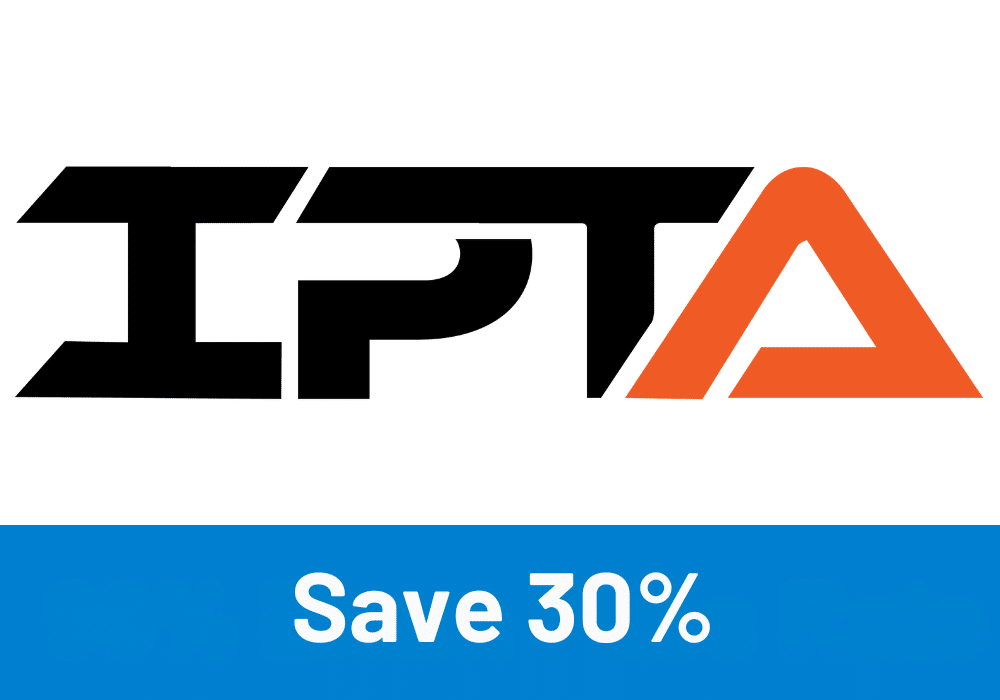 | Best Study Materials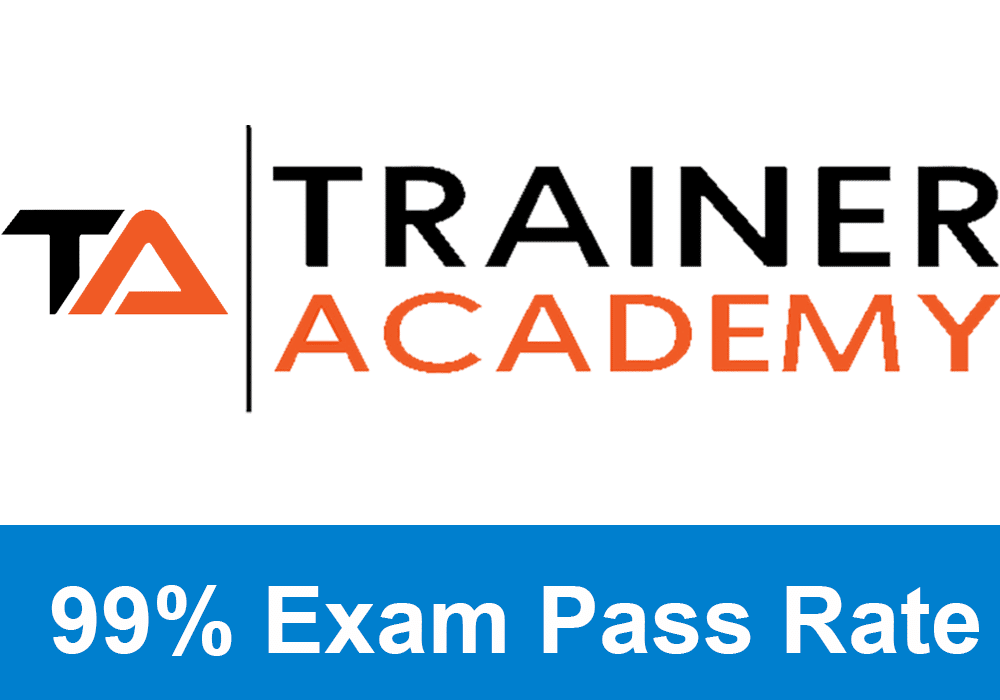 |
Gold Standard Cert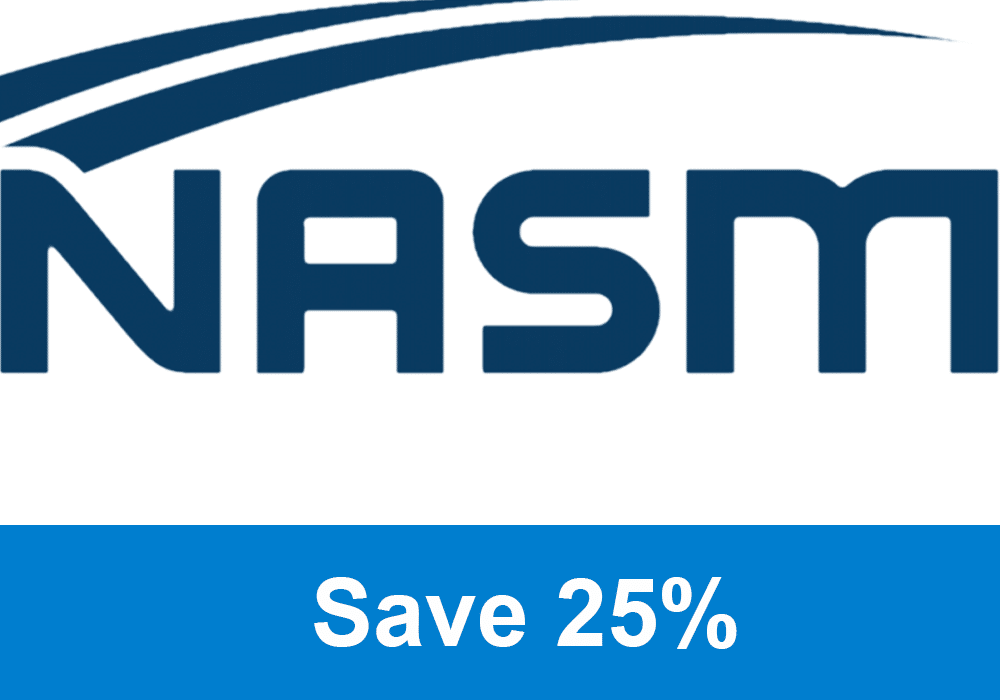 | A Good Option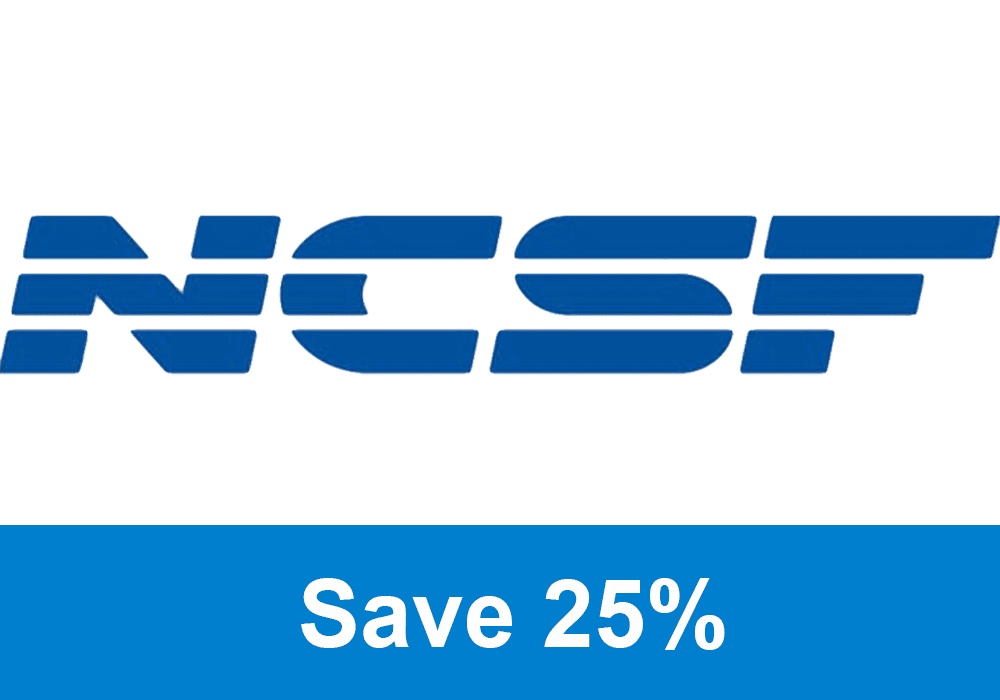 | Best CPT for you? 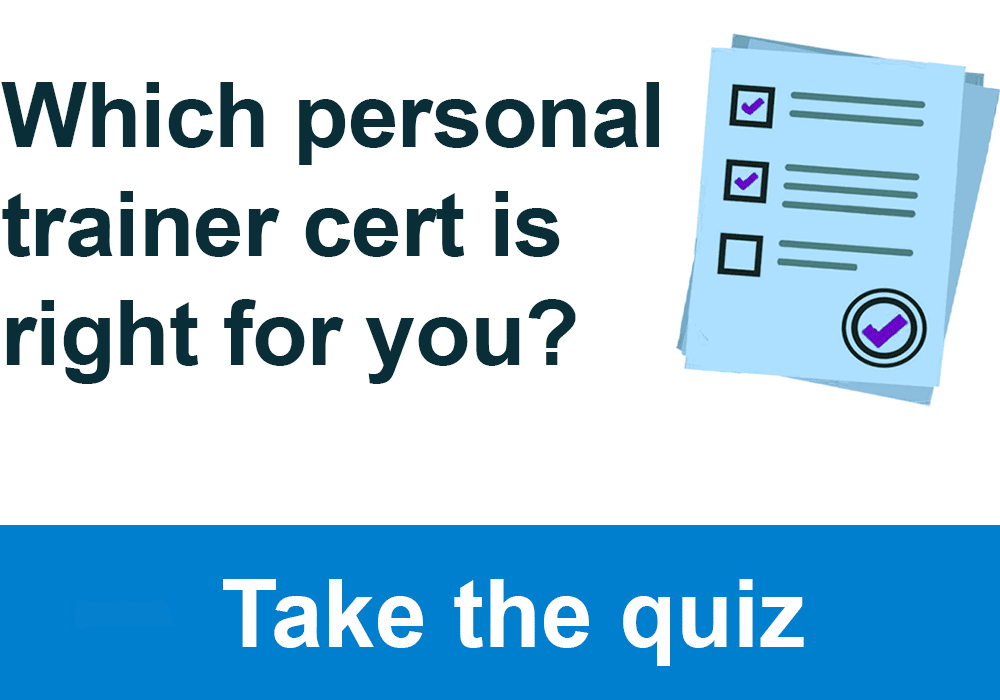 |
Attentional Style
Internal-external: This is an introspective vs. externally oriented perspective.
Broad-narrow: This is integrative vs. highly selective orientation.
How the Mind Affects the Athlete’s Performance
Tangible physical processes happen within the brain and body due to thought processes.
Changes influence neuromuscular activation, coordination, metabolism, and autonomic arousal. This changes the motor performance.
Changes will be beneficial, detrimental, or neutral. This all depends upon the nature of the task, the skill level of the athlete, and the task’s complexity.
The Ideal Performance State Involves:
A lack of fear
No analysis of performance
A narrow focus on the activity
Effortlessness feeling
The feeling of personal control
Time and space distort
Motivational Phenomena
Intrinsic Motivation
A desire for competency and self-determination.
Athletes are self-starters due to their love for their game.
Achievement Motivation
This is the wish of the athlete to stay in competition or social comparison.
The athlete with the higher achievement motivation will improve because they have an appetite for competing.
Positive and Negative Reinforcement in Coaching
Positive reinforcement is when an act is intended to increase the probability of occurrence by following the presentation of actions, objects, or events like praise, rewards, and prizes.
Negative reinforcement is when you try to increase the probability of occurrence of an operant by removing something like acts, objects, or events.
Application of Positive and Negative Reinforcement
Coaches should use reinforcement strategies to help athletes focus on what they should do correctly.
Punishment shouldn’t be used often as it brings the focus to incorrect behaviors.
Positive reinforcement helps with task-relevant cues.
Punishment floods an athlete’s attentional capacity with task-relevant cues.
Exclusive PTP CPT Offers |
||
|---|---|---|
Most Popular Cert | Best Online NCCA Cert | Best Study Materials |
Gold Standard Cert | A Good Option | Best CPT for you?  |
Influence of Arousal on Performance
Inverted U Theory
Defined as when arousal brings performance to an optimal level, and at some point, more increases in arousal will reduce performance level.
Skill Level: The more skill an athlete has, the better someone will perform in times of less or more than optimal arousal.
Task Complexity: The simpler the skill, the higher the degree of tolerable arousal. Skills that involve many decisions require lower arousal levels.
Personality: Extraverts are known as sensory reducers, and introverts are augmenters of sensory information.
Trait Anxiety: Athletes with low levels can take on more pressure
Optimal Functioning Theory
Some people perform best with different arousal levels.
Catastrophe Theory
Physiological arousal increases happen during cognitive anxiety, causing a quick drop in performance.
Self-Efficacy
The perceived self-confidence regarding a task in a specific situation may be better at predicting task execution than both arousal and anxiety.
Mental Management of Physical Resources
Sport psychology application involves using techniques to get control over psychological factors and influence performance in sports.
The techniques validation is a mission of Sport Psychology
Goal Setting
Process Goals
The athlete has control over these.
Outcome Goals
Athletes have very little control over these. Winning is a good example.
Short term Goals
These goals increase athletes’ likelihood of completion because they are closer to their current abilities.
Long term Goals
These give relevance to the short term goals.
Guidelines for using goal setting
Long and short term goals are both interdependent.
Long term goals give meaning to the short term ones.
Short term goals give people a hierarchal sense of mastery and success, thus building their confidence.
Athletes must define their process goals to focus on elements they can control in their performance.
Effective behavioral coaching
Coaches specify the parts of skills and track their athlete’s success with each one until the whole thing is mastered.
Feedback is most effective when it is with specific, measurable goals instead of vague ones regarding performance.
Goal setting affects performance because:
Goals direct the attention of athletes by prioritizing their efforts.
Goals increase effort due to the contingency of success in attaining goals.
Goals increase positive reinforcement through feedback given to athletes.
Physical Relaxation Techniques
Diaphragmatic Breathing
This focuses on breathing to clear their mind and increase their capacity for attention.
Progressive Muscular Relaxation (PMR)
The athlete uses a series of alternations in relaxation and muscle tensing to be aware of somatic tension and control over it.
Autogenic Training
The PMR cycle in each group is replaced with attentional states that focus on a sense of warmth and heaviness for muscle groups or limbs.
Mental Imagery
Athletes use this cognitive psychological skill to create mental experiences of performances.
Hypnosis
This is a state of hyper suggestibility that is induced. Positive suggestions regarding performance are planted in the subconscious mind.
This is effective for psychological arousal and even behavior or changing performances.
Systematic Desensitization
This mix of cognitive and somatic techniques allows athletes to replace fear responses with various relaxation cues.
Use of Arousal Techniques
Arousal reduction techniques should be employed when developing a more complex skill.
Arousal enhancement techniques should be used when doing simpler or well-learned skills.
The purpose of using these techniques is to let the athlete perform with focus and match their mental or physical intensity to the task’s demands.
Check out Trainer Academy for the best CSCS study materials. They even offer an exam pass guarantee. They have incredible study materials for the CSCS and I have a special limited-time discount for my readers. I also suggest you check out my review on Trainer Academy here.

 Have a question?
Have a question? 



Tyler Read
PTPioneer Editorial Integrity
All content published on PTPioneer is checked and reviewed extensively by our staff of experienced personal trainers, nutrition coaches, and other Fitness Experts. This is to make sure that the content you are reading is fact-checked for accuracy, contains up-to-date information, and is relevant. We only add trustworthy citations that you can find at the bottom of each article. You can read more about our editorial integrity here.